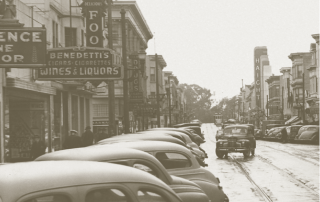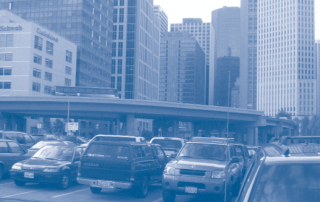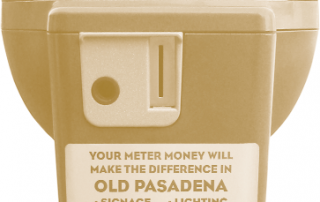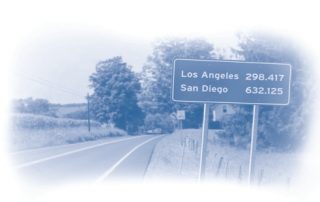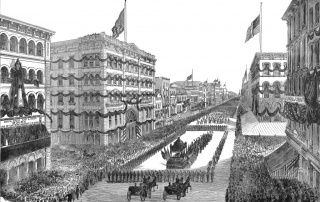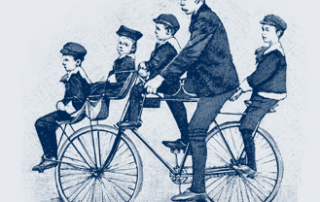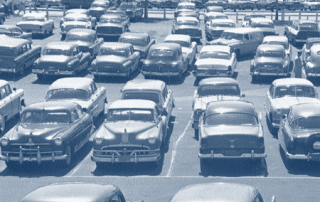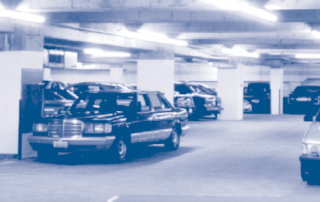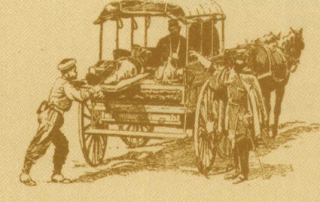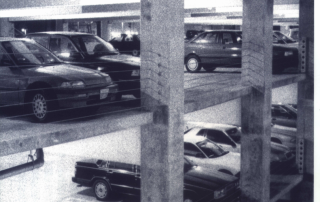Cruising for Parking
Donald Shoup
A surprising amount of traffic isn't caused by people who are on their way somewhere. Rather it is caused by people who have already arrived. Our streets are congested, in part, by people who have gotten where they want to be but are cruising around looking for a place to park.

